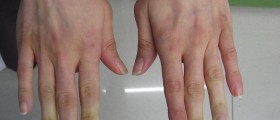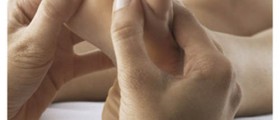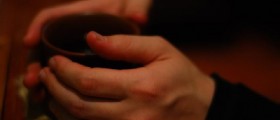
Trench foot is a condition affecting feet that have been exposed to certain conditions for a long period of time. Generally prolonged exposure to cold, wet and unsanitary conditions are reasons behind trench foot.
Long time ago soldiers were the leading group of people affected by this condition. Namely, they used to spend too much time in trenches and their feet were soaking wet because of absence of waterproof gear. Trench foot was a commonly reported problem among soldiers and because it generally affected soldiers in trenches, the condition got the name trench foot. Today trench foot does not affect soldiers but it is reported in other cases of unhealthy foot exposure.
What are Symptoms of Trench Foot?
In the beginning, after the feet have been exposed to unhealthy conditions for some time, the skin becomes numb and red. Itching and tingling sensation in feet are two more characteristics of the disease. In case the affected feet are deprived from blood, they eventually become blue (cyanotic).
At some point lack of blood and prolonged exposure to cold and moisture lead to decay. This stage is accompanied by swelling of the foot and rather unpleasant odor. Before decay, the affected feet are affected by blisters and open sores. Under certain circumstances foot can be dry, blotchy and one may deal with pain of different intensity. There are leg cramps and if circulation is completely stopped, there in no chance to palpate peripheral pulses. Fungal infection is reported in most cases and gangrene is severe complication which requires amputation.
Treatment and Prevention of Trench Foot
People who have symptoms and signs of trench foot are supposed to consult a well experienced pediatrist. They are then examined and prescribed suitable treatment and are also supposed to take a few self-care measures to prevent further progression of the disease.
As far as prevention is concerned, it is essential to take care of the feet and avoid wet, cold and moist condition as much as possible. The feet are supposed to always be kept dry and warm. Still, if under certain circumstances moist conditions remain, one should repeatedly change socks. Today people rarely get into a situating that used to affect soldiers and their feet.
Now, if the condition has already developed, one should not expose feet to sources of heat. Heat may only aggravate the already existing symptoms. Pain can be partially or completely alleviated with over-the-counter pain relieving drugs. Finally, get in contact with the doctor who will opt for the most appropriate treatment and help the skin heal.

















Your thoughts on this
Loading...